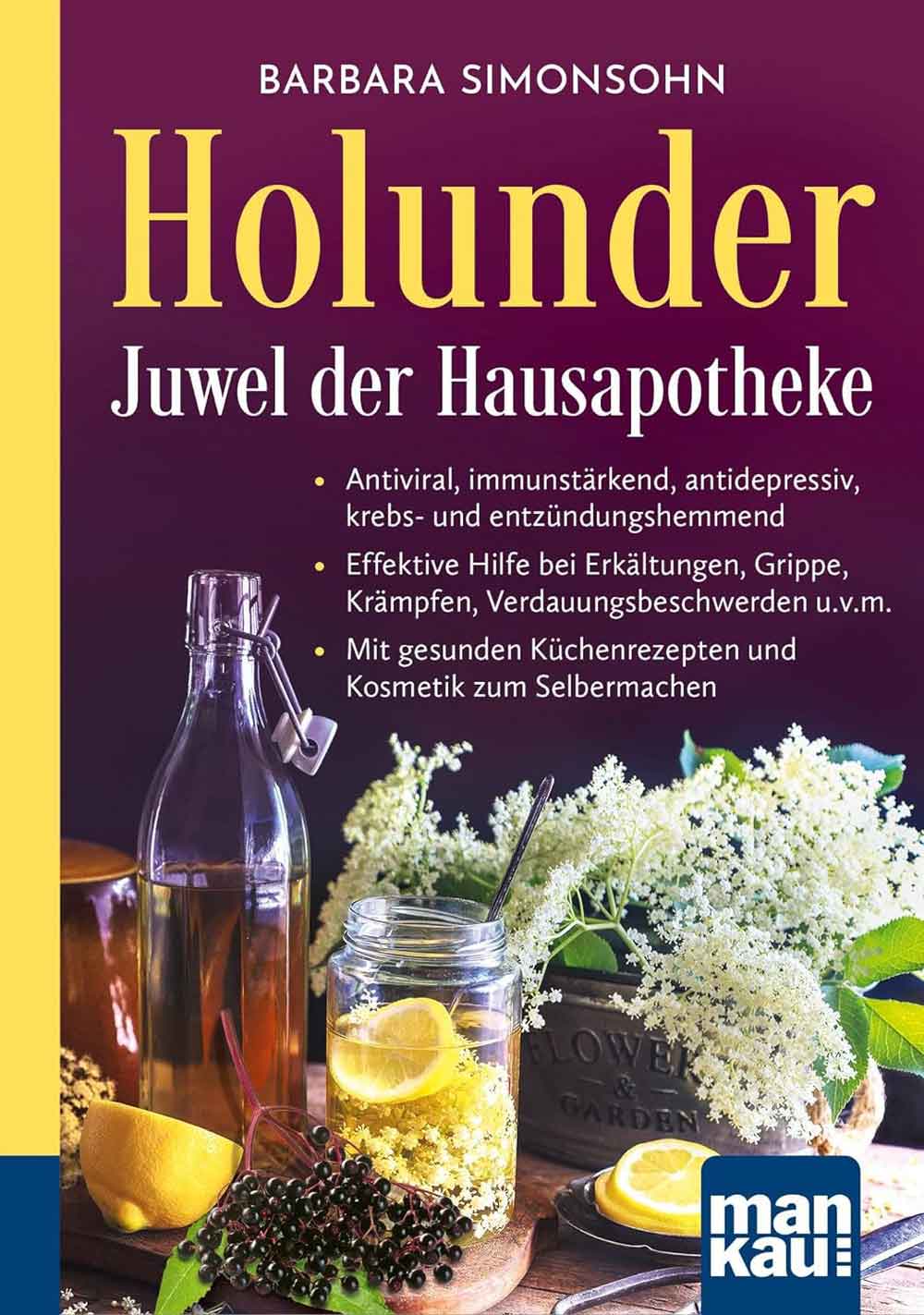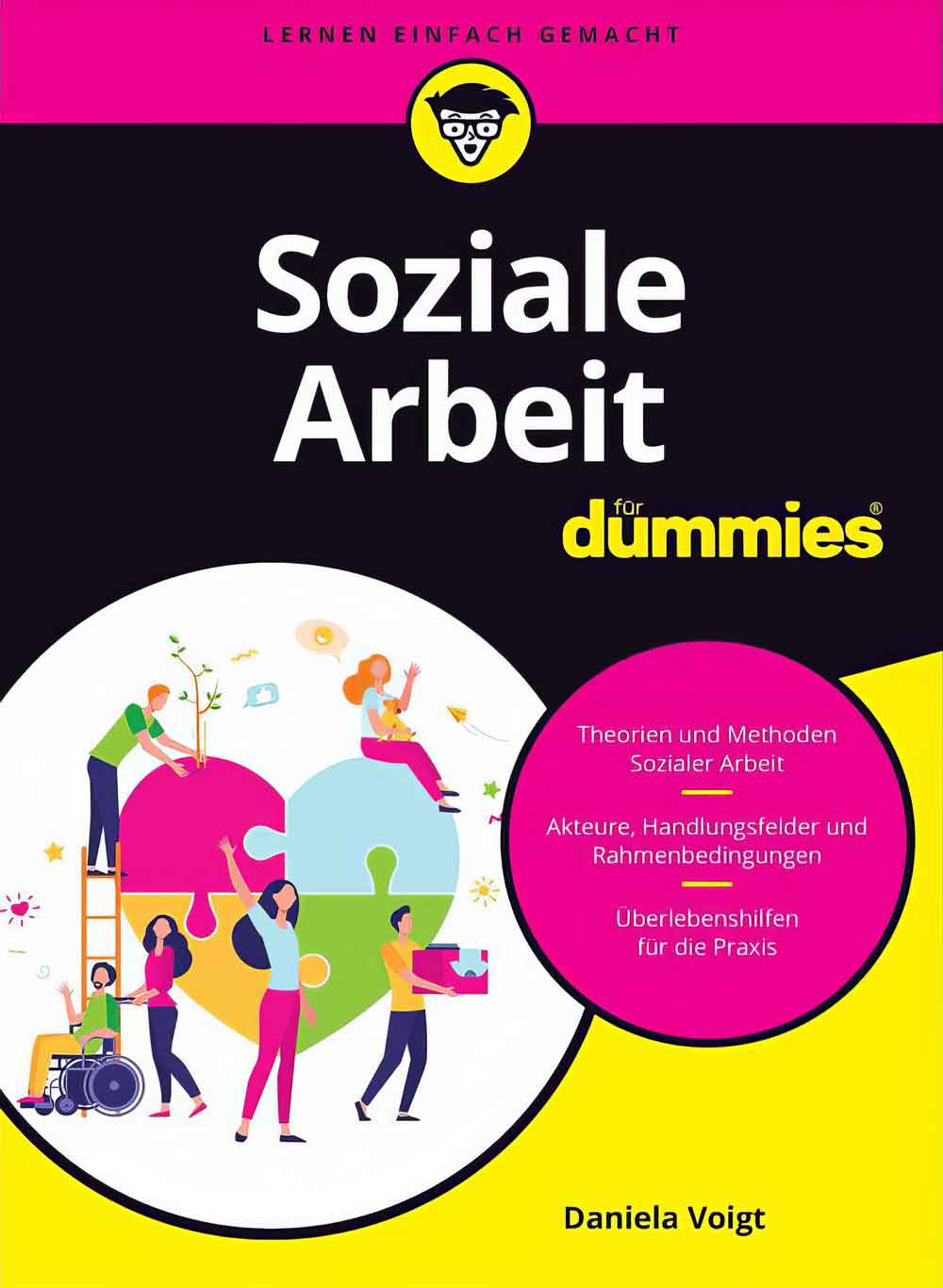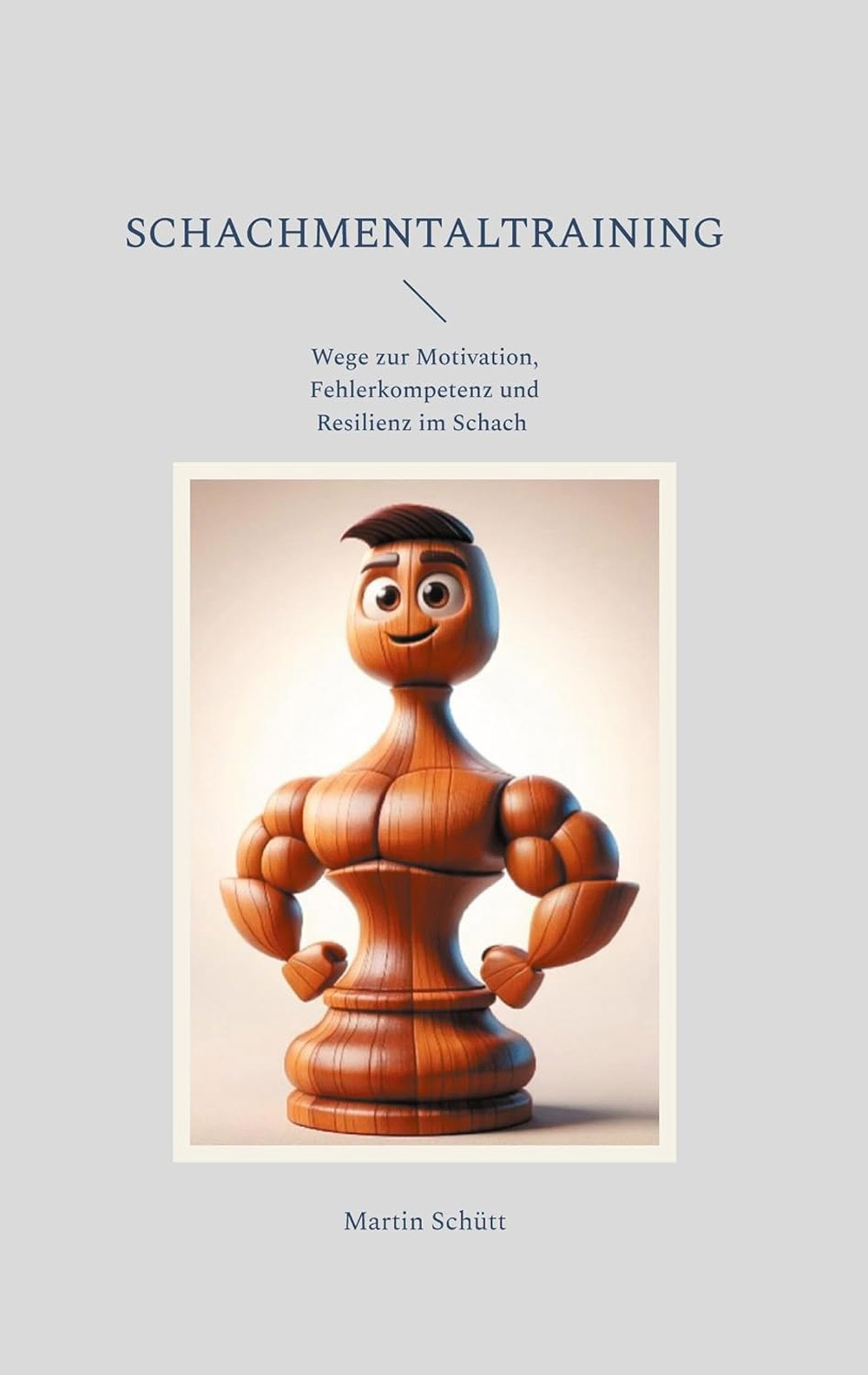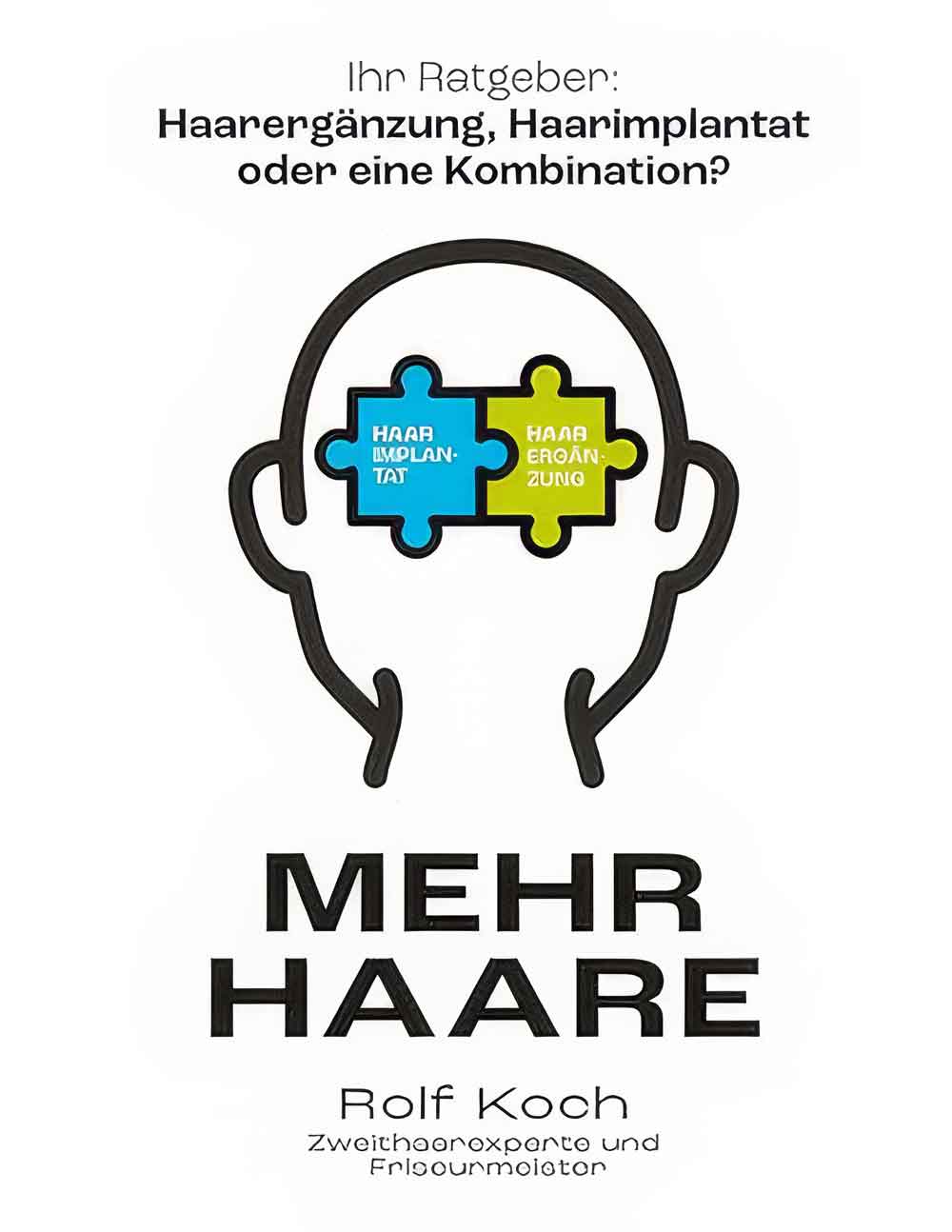Tips for peaceful sleep, experts reveal “finger breathing” can help
What is finger breathing?
Finger breathing is a form of self-hypnosis that can be used to bring you back into a calmer and more rational state of mind during times of anxiety or restlessness. It involves a combination of #touch and controlled #breathing, #cycling through a series of finger holds and hand movements whilst focusing on inhaling and exhaling deeply.
Studies have shown that effectively controlling your breathing can not only help you relax mentally, it also promotes the release of melatonin, the hormone produced by the pineal gland in your brain that is responsible for regulating your body’s circadian rhythm and managing your natural sleep cycle.
Leading hypnotherapist at charity Cavendish Cancer Care, Clare Longstaffe, has developed a number of different finger breathing techniques to help both patients and their loved ones cope with the impact of #cancer.
Mattress Online, through its partnership with Cavendish, explains how you can use finger breathing to bring yourself back into a calmer state of mind during times of anxiety, including at bedtime.
How to: Finger breathing
-
Start by laying or sitting down in a comfortable position. Relax your breathing by inhaling more deeply and slower than you would normally.
-
Bring the fingers and thumb of one hand together in a relaxed pinched position. Using your other hand, cup and loosely rest your bunched fingertips in your palm. Count five relaxed breaths while keeping your hands in this position.
-
Swap hands and count five breaths again.
-
Next, make a thumbs up with one hand and then wrap the fingers of the other hand around the opposing thumb. Loosely hold your thumb while you count 5 relaxed breaths. Then swap hands and count five breaths again.
-
Repeat this process on the rest of your fingers, i.e. wrap the fingers of one hand around your opposing index finger and hold for 5 relaxed breaths, before switching hands and repeating the process.
Chloe Angus, Corporate Wellbeing Manager at Cavendish, says: “Our innate fight, flight stress response can cause us to automatically speed up or hold our breath in times of stress or general ‘busyness’ and most of the time we do not notice until we start to feel tension.
In times of stress, if we can become aware of our breath and focus on slowing down and relaxing into our breath it can be helpful in moving to rest and digest. Creating the habit of giving our breath some attention at different times of day can help to manage emotions and stresses, and give us moments to pause and re-centre ourselves in the present moment.
We would recommend planning to practise breathing regularly when you are not stressed, if something is familiar to us, we are more likely to remember to use it when we need it most.”
For a deeper dive, you can check out what else finger breathing can do for your health here …







































 Gütsel RSS Feed
Gütsel RSS Feed

















































